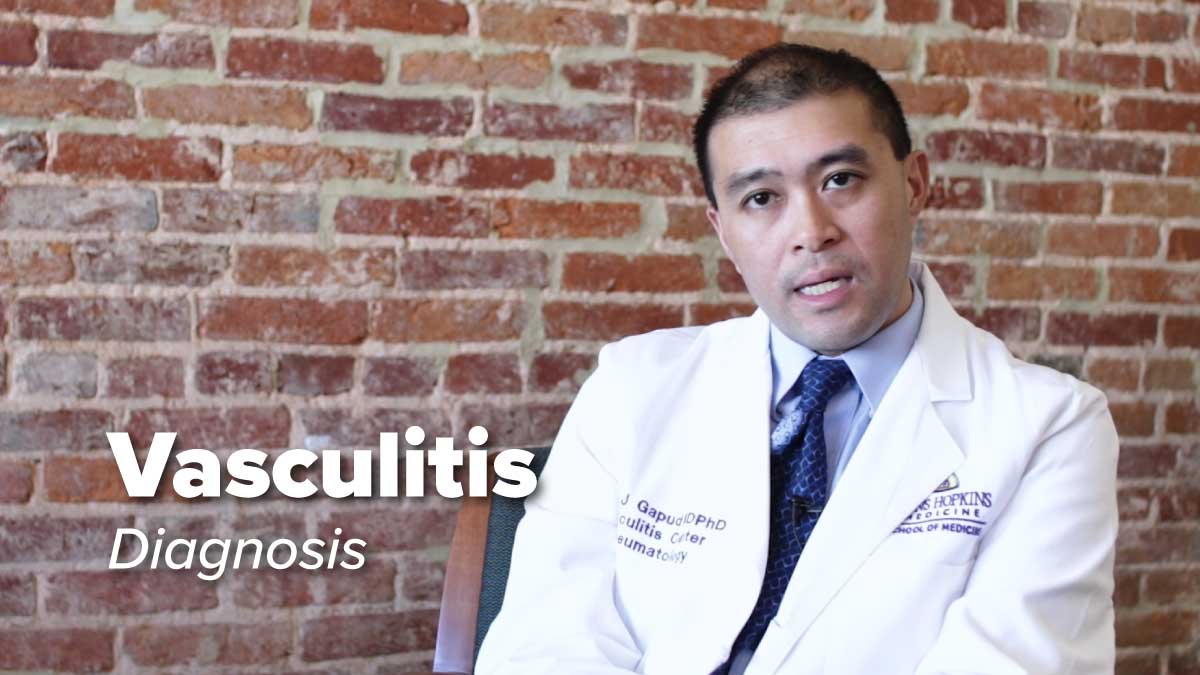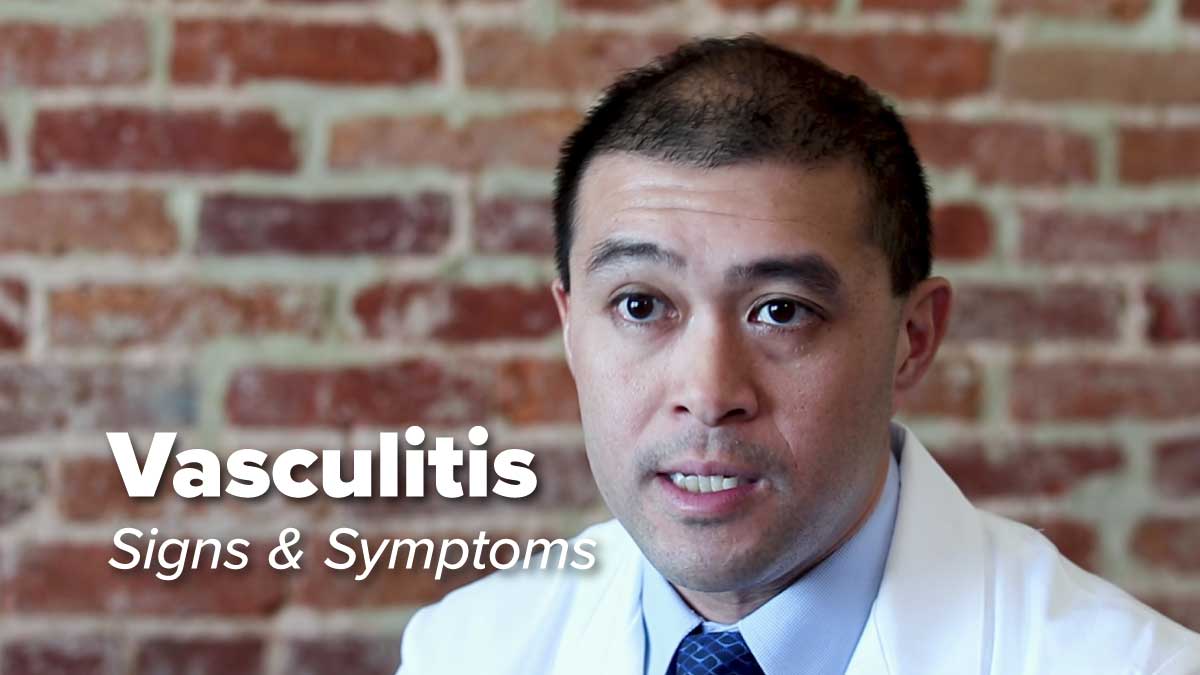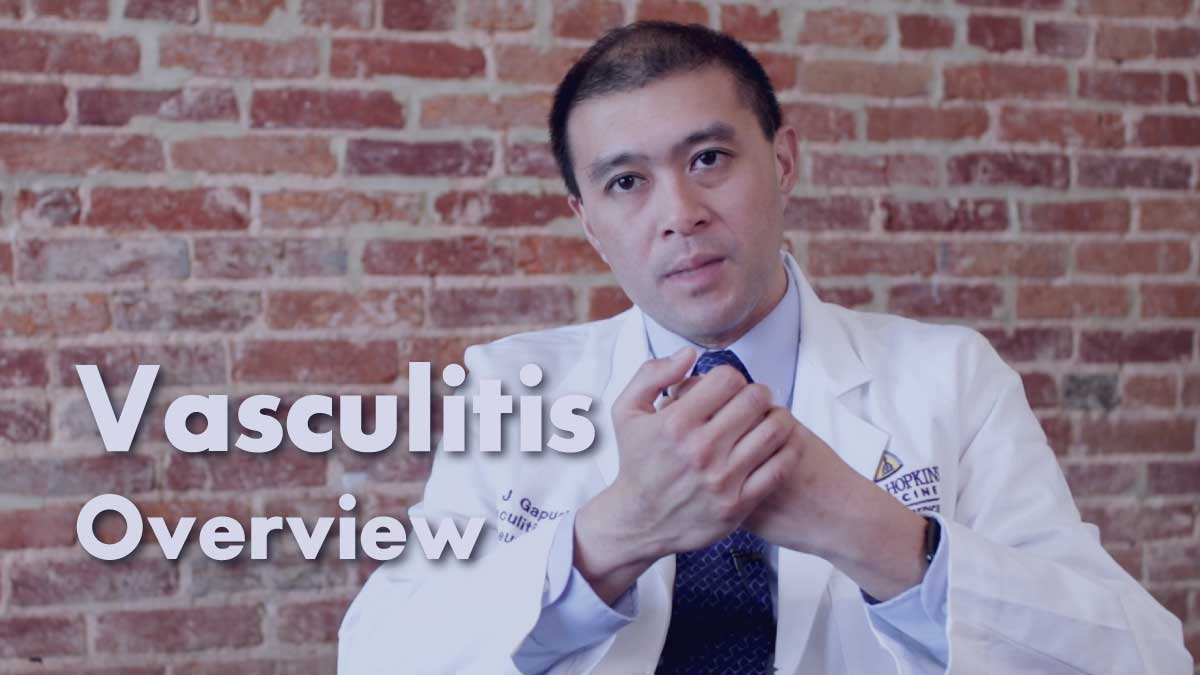
Cold weather can be difficult for those living with a rheumatic disease. Flares, falls, and pain may happen. Here are 5 tips to help you avoid these challenging symptoms: 1. […]

Osteroarthritis (OA) is the most common form of arthritis in the world. It affects over 32 million adults in the United States.
Dr. Dana DiRenzo discusses risk factors for development of OA as well as general treatment strategies. Treatment options can include medications such as NSAIDs along with lifestyle adjustments including weight loss, exercise and diet changes.
The treatment options discussed are based on the 2019 American College of Rheumatology/Arthritis Foundation Guideline for the Management of Osteoarthritis of the Hand, Hip, and Knee, led by Sharon Kolasinski and others.

Vasculitis is an autoimmune attack on the blood vessels. It is diagnosed by discussing the symptoms with the patient and then narrowing in on the specific vessels that seem to be affected.
Diagnosis begins with a physical exam of the patient. The exam is followed by a biopsy or radiology to get a clear understanding of how the blood vessels are being affected.

The symptoms of vasculitis can vary depending on the kind of vasculitis. Some effect the big blood vessels, some the medium blood vessels and some the small blood vessels. Overall, vasculitis can leave you feeling like you have the flu.
Rheumatologist Dr. Eric J. Gapud, physician and Vasculitis Center Director of Research, explains the signs and symptoms of vasculitis, and when you should go see a rheumatologist.

Vasculitis is when blood vessels become inflamed due to your body attacking the blood vessel by mistake. This can cause fevers, fatigue, weight loss, and overall pain.
Dr. Eric J. Gapud, physician and Vasculitis Center Director of Research, explains what vasculitis is and different ways it effects the body.

There is no curative treatment for Sjögren’s Syndrome yet, but there are many ways to relieve the symptoms. The use of eye drops, frequent teeth cleanings, and medication has helped patients who suffer from Sjögren’s Syndrome drastically. In this video, Dr. Alan Baer, the Director of the Jerome L. Greene Sjögren’s Syndrome Center, gives some treatment ideas to combat the symptoms of Sjögren’s.